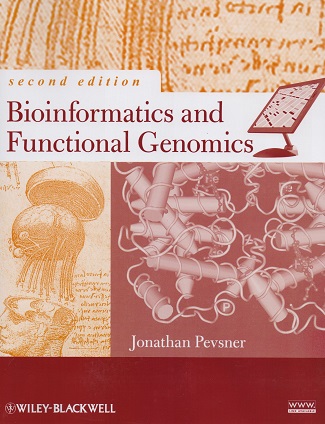Libros relacionados
 |
A Biography Of Paul Berg: The Recombinant Dna Controversy Revisited Errol C Friedberg World Scientific |
 |
Making The Mexican Diabetic. Race, Science, And The Genetics Of Inequality Montoya, Michael J. University Of California Press |


|
Título: The Seven Daughters Of Eve The Science That Ourgeneticancestry | |
| Autor: Sykes Bryan | Precio: $238.00 | |
| Editorial: W. W. Norton | Año: 2001 | |
| Tema: Genetica | Edición: 1ª | |
| Sinopsis | ISBN: 9780393323146 | |
| "A traveler from an antique land... lives within us all," claims Sykes, a professor of genetics at Oxford. This unique traveler is mitochondrial DNA, and, as this provocative account illustrates, it can help scientists and archeologists piece together the history of the human race. Mitochondrial DNA is present in every cell in the body, and it remains virtually unchanged (aside from random mutations) as it passes from mother to daughter. By quantifying and analyzing the mutations of this relatively stable circle of DNA, Sykes has solved some of the hottest debates about human origins. For example, he clarified a long-running debate among anthropologists over the original inhabitants of the Cook Islands. After retrieving mitochondrial DNA samples from the island natives, Sykes concluded that the natives emigrated from Asia, not America, as many Western anthropologists had contended. In a similar manner, Sykes analyzed samples from native Europeans to determine that modern humans are not at all related to Neanderthals. The book's most complex and controversial find that the ancient European hunter-gatherers predominated over the farmers and not vice versa leads Sykes to another stunning conclusion: by chance, nearly all modern Europeans are descendants of one of seven "clan mothers" who lived at different times during the Ice Age. Drawing upon archeological and climatic records, Sykes spins seven informative and gracefully imagined tales of how these "daughters of Eve" eked out a living on the frozen plains. (July 9)Forecast: Sykes is a bit of a celebrity geneticist, as he was involved in identifying the remains of the last Romanovs. This fame, plus his startling conclusions augmented by a five-city tour should generate publicity and sales among science, archeology and genealogy buffs. | ||
Librería Bonilla SA de CV © Todos los derechos reservados. 2019
Última actualización: Jul 2019





